English Lessons
1. Access to education for refugees
2. The HI-Virus in Europe and Africa
3. Think global, act local!
4. Migrant crisis – Voyage to safety
5. English around the world – risks and chances
English Lesson 1
Access to education for refugees
Age of the students: 16-19
Language level: min B2
Duration of the lesson: 60 minutes
Goal of the lesson:
- the students are expected to learn words referring to education and refugees and become more aware of the problems that the refugees have to face.
Teaching materials and teaching aids:
- Video “Refugees international” https://www.youtube.com/watch?v=eg3-nuyipCk
- crossword puzzle, attachment 1
- vocabulary sheet, attachment 2
- questions for teamwork, attachment 3
- statements for discussion, attachment 4
Structure of the lesson:
1. Introduction - crossword + short speaking warm-up, 10 - 12 minutes
2. Development - vocabulary + short video + teamwork, 30 - 35 minutes
3. Closing phase - discussion, 10-15 minutes
I. Introduction
a. CROSSWORD: the topic of the crossword is everything related to education
b. SHORT SPEAKING WARM-UP: what does education mean to you? Students answer this question.
II. Development
a. VOCABULARY: 5 words are given and explained to the students
b. SHORT VIDEO: https://www.youtube.com/watch?v=eg3-nuyipCk
c. TEAM WORK:
- We divide the students into three groups consisting of three people
- We give them three questions and they are supposed to answer them
III. Closing phase:
- DISCUSSION:
We divide the students into four groups – each group gets a topic for the discussion, they are supposed to decide whether they agree or not with the statement.
- HOMEWORK:
For more information visit the homepage of the UNHCR (United National Refugee Agency).
Attachment 1
Crossword
1. You make it in PowerPoint.
2. People who are learning at school.
3. School outfit.
4. Place where you study.
5. Rooms in school.
6. Person who helps you study.
7. Something that is making your life easier (amenities).
8. The time when you learn at school.
9. You pay with it.
|
p
|
r
|
e
|
s
|
e
|
n
|
t
|
a
|
t
|
i
|
o
|
n
|
|
|
s
|
t
|
u
|
d
|
e
|
n
|
t
|
s
|
|
|
|
|
|
|
|
|
u
|
n
|
i
|
f
|
o
|
r
|
m
|
|
|
|
|
|
s
|
c
|
h
|
o
|
o
|
l
|
|
|
|
|
|
|
c
|
l
|
a
|
s
|
s
|
r
|
o
|
o
|
m
|
|
|
|
|
|
|
t
|
e
|
a
|
c
|
h
|
e
|
r
|
|
|
|
f
|
a
|
c
|
i
|
l
|
i
|
t
|
i
|
e
|
s
|
|
|
l
|
e
|
s
|
s
|
o
|
n
|
|
|
|
|
|
|
|
|
|
m
|
o
|
n
|
e
|
y
|
|
|
|
|
|
Attachment 2
Vocabulary
- refugees
- estimate
- seek refuge
- harassment
- arbitrary
- detention
- rent
- encountering
- skit
- attain
- increase
- reconcile
- vulnerable
- bring up
- infringing
Attachment 3
Teamwork
Questions:
1. What is the main problem shown in the film?
2. What type of help could be given to refugees?
3. What do the children just want to do? What plans for the future do they have?
4. What problems do refugees have to face?
5. What is the scale of arrest among refugees?
6. What is the role of UNHCR?
7. What problems drove refugees out of their countries?
8. What did the teacher have to do to free her students?
9. What does the teacher say about refugee children?
Attachment 4
Discussion
Statements:
1. You can stay here to gain education, but later go home
2. We do not want you here, go back because you are infringing on our space
3. Stay here as long as you want and help us develop our country
4. Investment in refugees is an investment in peace and stability
Workend out at the meeting in Krakow "Education and the labor market” by: students: Monika J. (PL), Konstancja P. (PL), Patrycja J. (PL), Paweł K. (PL), Katarzyna K. (PL), Samuel K. (S), Susanne G. (D), Daniel B. (HU), Katharina D. (D), Giulia P. (IT), Valentina B. (IT); teachers: Malgorzata B. (PL), Stefanie T. (D)
Developed at the meeting in Assisi by: Leonella P. (IT), Hermann H. (D)
English Lesson 2
The HI-Virus in Europe and Africa
Age of the students: 16-19
Language level: min B2
Duration of the lesson: 45 minutes
Goal of the lesson:
- the students are expected to learn words referring to the diffusion of HIV and how it is transmitted
Teaching materials and teaching aids:
1. PPT, quiz
2. video: https://www.youtube.com/watch?v=Db_J3wUUgXY
3. worksheets 1. “The HI-Virus in Europe & Africa” - attachment 1
4. worksheets 2. “Reasons for the risk of HIV infection” - attachment 2
5. worksheets 3. “Discussion” - attachment 3
6. Language help – attachment 4
Structure of the lesson:
1. Introduction - warm-up, 8 minutes
2. Development - working out of the main aspects of the topic, 20 minutes
3. Closing phase - discussion, 17 minutes
I. Introduction
1. Start the PowerPoint presentation (presentation-AIDS/HIV) – link to follow
...
2. Show the slogan in the first slide and make the students guess the topic of our lesson (If they need help show the hint)
3. Play the video https://www.youtube.com/watch?v=Db_J3wUUgXY
4. Ask the question below the video and show the video again
5. Start and explain the quiz (True or False)
6. Read the first sentence and make them explain their answer. If they don’t give the right answer and explanation, show the solution.
7. Go through the next four questions in the same way.
II. Development
1. Vocabulary activity:
The students ask for the meaning of the underlined words and, if necessary, explain them.
prevalent: widespread
to transmit: To send from one person, thing, or place to another
saliva: the liquid produced in your mouth to keep the mouth wet and to help to prepare food to be digested
antiretroviral: used against the retrovirus, the virus that causes a serious disease that destroys the body's ability to fight infection.
2. Hand out worksheet 1 “The HI-Virus in Europe & Africa” and have the students describe (task 1) and compare (task 2) the bar chart in class. Before students describe the bar chart, hand out the sheet “Language Help” and let someone read out the useful vocabulary to describe graphs and charts
3. Write down the reasons students are suggesting on the blackboard (task 3).
4. Divide the class into six groups (about 4 students in each group) which will then work with different texts about different reasons (worksheet 2).
5. The students present the content of their texts to the class and verify them with their ideas that have been written on the board.
nutrition: food and the way it influences your health
vulnerable: able to be easily physically, emotionally, or mentally hurt, influenced, or attacked
crucial: extremely important or necessary
(to) ward off: to prevent someone or something unpleasant from harming or coming close to you
III. Closing phase
1. Students stay in their groups. 3 groups will get the same task. Then they have to discuss their question or statement in groups.
2. After the discussion 2 groups with different statements have to present their results in front of the class. Then the group will ask the class what they think about it.
3. The teacher will ask the whole class the last question: If someone in your class was HIV- infected, how would you react?
4. Homework: it’s also possible to make the students write a comment on that question as a homework (it’s the teacher’s decision)
Attachment 1
The HI-Virus in Europe & Africa
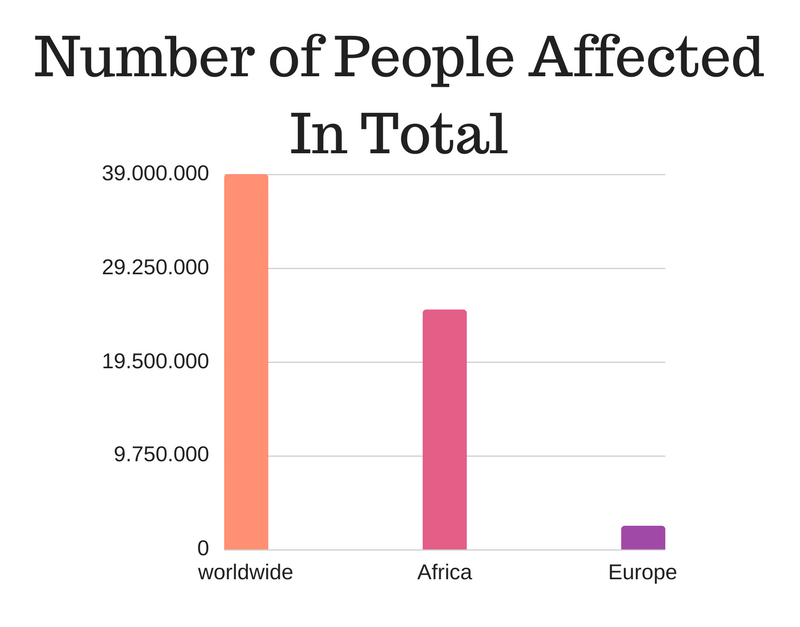
- Describe all three bars with data from 2013.
- Compare the amount of people affected in Africa and Europe.
- Give reasons for the distribution of the disease
Attachment 2
“Reasons for the risk of HIV infection”
Poverty
Poverty is an overarching factor that increases vulnerability to HIV. It can push girls into relationships with older men for the promise of money or gifts. Poverty fuels the HIV epidemic due to its impact on all aspects of life, including income, housing, education, nutrition, access to health care -- and the list goes on. In [...] communities where poverty rates are even higher, there exists a greater gap in all of these areas that fuels the inability to negotiate, feel empowered, get educated on HIV and get tested.
ASK: Explain in what way “poverty” is a factor for HIV transmission.
Sources: http://www.thebody.com/content/65639/what-really-fuels-the-hivaids-epidemic-in-black- am.html ; http://www.avert.org/professionals/social-issues/gender-inequality
Gender Inequality
Worldwide, women constitute more than half of all people living with HIV. Young women and adolescent girls account for one in every five new HIV infections in Africa and are nearly three times as likely as men of the same age group to be living with HIV in sub-Saharan Africa. In South Africa 34% of sexually active adolescent girls report being in a relationship with a man at least five years older than them. This is more likely to expose young women to unsafe sexual behaviours, low condom use and an increased risk of sexually transmitted infections. The risk of trafficking and sexual exploitation is also higher for young women and adolescent girls living in poverty. Despite the availability of antiretroviral treatment (ART), AIDS-related illnesses remain the leading cause of death among African women of reproductive age. These inequalities are more severe for marginalised women, including female sex workers, transgender women, migrant women and women with disabilities who are also at a heightened risk of discrimination and violence.
TASK: Explain in what way “gender inequality” is a factor for HIV transmission.
Source: http://www.avert.org/professionals/social-issues/gender-inequality
Injection Drug Use
Injection drug use (IDU) can be a direct route of HIV transmission if people share needles, syringes, or other injection materials that are contaminated with HIV. However, drinking alcohol and ingesting, smoking, or inhaling drugs are also associated with increased risk for HIV. These substances alter judgment, which can lead to risky sexual behaviors (e.g., having sex without a condom, having multiple partners) that can make people more likely to get and transmit HIV.
TASK: Explain in what way the “injection drug use” is a factor for HIV transmission.
Source: https://www.cdc.gov/hiv/risk/substanceuse.html
TASK: Explain in what way “homophobia” is a factor for HIV transmission.
Sources: http://www.thebody.com/content/65639/what-really-fuels-the-hivaids-epidemic-in-black-
am.html ; http://www.avert.org/professionals/hiv-social-issues/homophobia
Homophobia
The global HIV and AIDS epidemic has always been closely linked with negative attitudes towards lesbian, gay, bisexual and transgender (LGBT) people, especially men who have sex with men (MSM); a group that is particularly affected by HIV and AIDS. In many countries, stigma and discrimination prevent LGBT people from accessing vital HIV prevention, testing, and treatment and care services. This means that many people are unknowingly living with HIV, or being diagnosed late when HIV is harder to treat. Headlines such as, “Alert over ‘gay plague’”, and “‘Gay plague’ may lead to blood ban on homosexuals, the LGBT community.
Untreated and Undiagnosed STDs
Undiagnosed and untreated sexually transmitted diseases (STDs) are known to increase the chances of one being infected with HIV because they suppress your immune system, making you more vulnerable to seroconverting. It's also important to note that many STDs have no signs or symptoms, especially among men, and with symptoms or not, the disease can be passed on to a sex partner. If you have ever had an STD, you may have been exposed to HIV as well, and should consider getting tested for HIV. Furthermore, if you currently have an STD, you need to see a medical provider as soon as possible. Having an STD causes the skin to break down and can increase the risk of getting HIV, or passing HIV to others if an HIV-infected person has an STD.
transmission. TASK: Explain in what way “untreated and undiagnosed STDs” are a factor for HIV
Sources: http://www.thebody.com/content/65639/what-really-fuels-the-hivaids-epidemic-in-black-
am.html; http://hivinsite.ucsf.edu/hiv?page=basics-00-15
Lack of Comprehensive Sex Education
Unprotected sex is the most common cause of HIV among young people, with sharing infected needles second. Adolescence is often associated with experimentation of risky sexual and drug-related behaviours, increasing a young person's vulnerability to HIV. For some, this is a result of not having the correct knowledge about HIV and how to prevent it, highlighting the need for HIV and sexual and reproductive health education. For others, it is the result of being forced to have unprotected sex, or to inject drugs.
TASK: Explain in what way the “lack of comprehensive sex education” is a factor for HIV transmission.
Source: http://www.avert.org/professionals/hiv-social-issues/key-affected-populations/young-people
How is the HI- Virus transmitted?
Drug Abuse/ sharp object:
- Sharing needles à HIV can live in a used needle up to 42 days depending on temperature and other factors
- Health workers injuring needles to people
Gay community:
- Cannot get a baby, so they do not use any contraception
Catholic/ religion:
- It´s not allowed to use contraception (mostly Africa)
Breast milk or Pregnancy.
- In Africa because they do not take any medicine and the baby is mostly nourished with breast milk
- Rarely in Europe because medicine and the right treatment of the Virus can lower the number of babies who are born with HIV
Blood transfusion:
Vocabulary:
Contraception: you use it to prevent pregnancy (e.g. condom)
Contaminated: made impure by the addition of a harmful or unwanted substance
Nourished: Provided with food or other substances that is necessary for life
Western Europe: gay men à more liberal as in the eastern countries
Eastern Europe à drug abuse (also many women)
UK with the most infected people in Western Europe (drug injection)
60% of whole Europe in Russia ((2014) 142,197 new diagnoses of HIV in the WHO European Region were notified to the ECDC, including 85,252 from Russia – 60% of the total)
Late diagnoses are more common in the east than in the rest of Europe
Sources: (accessed: 26.01.17)
http://www.aidsmap.com/UK-maintains-the-largest-HIV-epidemic-in-western-Europe/page/3021724/
https://www.aids.gov/hiv-aids-basics/hiv-aids-101/how-you-get-hiv-aids/index.html#how
Attachment 3
Discussion
1. What do you think is the best way to globally solve the HIV problem?
Discuss the question and justify your answer.
2. In the latest press conference, the Pope Francis said that HIV isn’t the main problem in Africa and that we should focus on malnutrition and housing problems. The Catholic Church claims that fidelity would solve the problem of HIV in Africa.
What do you think of this statement? Justify your answer.
Fidelity - The condition or behaviour of engaging in sex only with one's spouse or only with one's partner in a sexual relationship.
Attachment 4
Language help
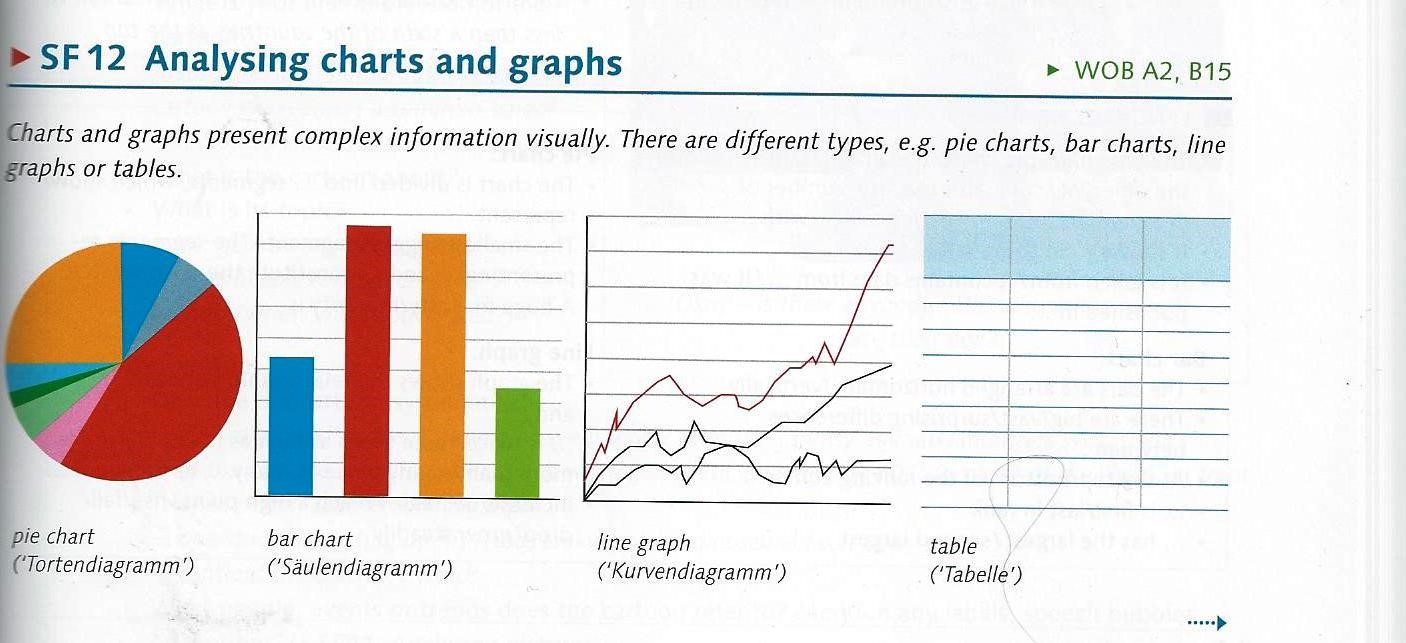
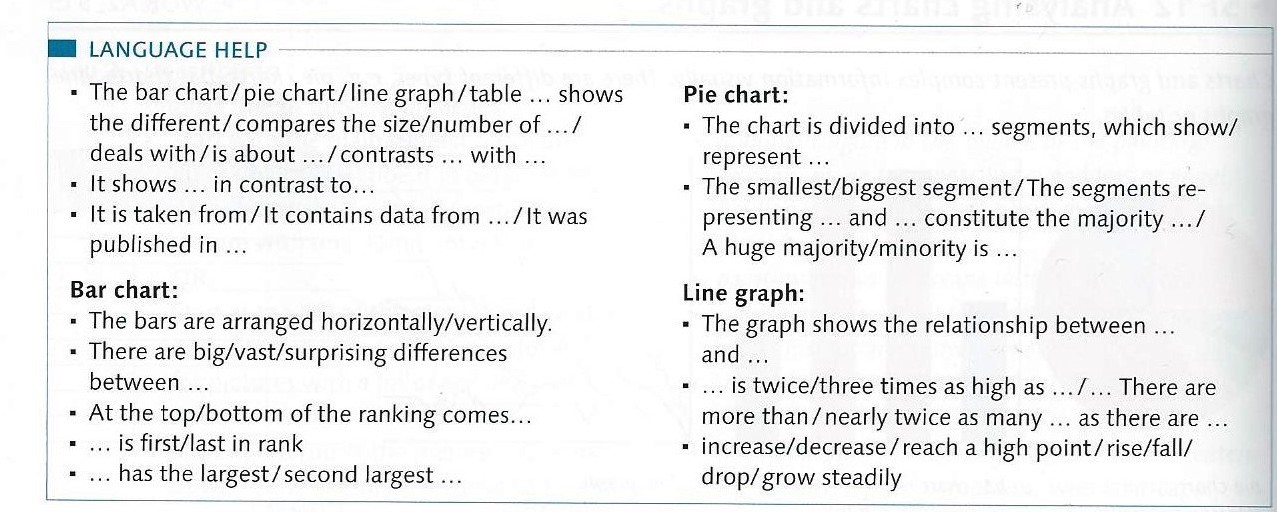
Developed at the meeting in Buxtehude “Medical care? by: students: Elena A. (D), Susanne G. (D), Juliane H. (D), Imke H. (D), Pietro M. (IT), Sebastian H. (S), Paweł K. (PL), Noemi H. (HU); teachers: Tomasz W. (PL), Steffi T. (D)
Developed at the meeting in Assisi by Leonella P. (IT), Hermann H. (D)
English Lesson 3
Think global, act local
Age of the students: 15-19
Language level: min B1
Duration of the lesson: 45 minutes
Goal of the lesson:
- The students are expected to learn words referring to the effects of globalization on local markets and become more aware of environmental problems.
Teaching materials and teaching aids:
1. video: https://www.youtube.com/watch?v=BPJJM_hCFj, https://www.youtube.com/watch?v=o9f7sSEqUw8
2. vocabulary sheet – attachment 1
3. Kahoot and video - https://play.kahoot.it/#/k/6350bbf4-5e80-4d90-9568-1d578697f7cd’
4. quiz: http://footprint.wwf.org.uk/
5. statements for group discussion – attachment2
Structure of the lesson:
1. Introduction - Vocabulary sheet, quiz based on Kahoot and a video, 10 minutes
2. Development - Group discussion on three statements, 25 minutes
3. Closing phase - Causes and measures + video, 10 minutes
I. Introduction
1. Hand out the vocab sheet
2. Start the Kahoot (https://play.kahoot.it/#/k/6350bbf4-5e80-4d90-9568-1d578697f7cd’)
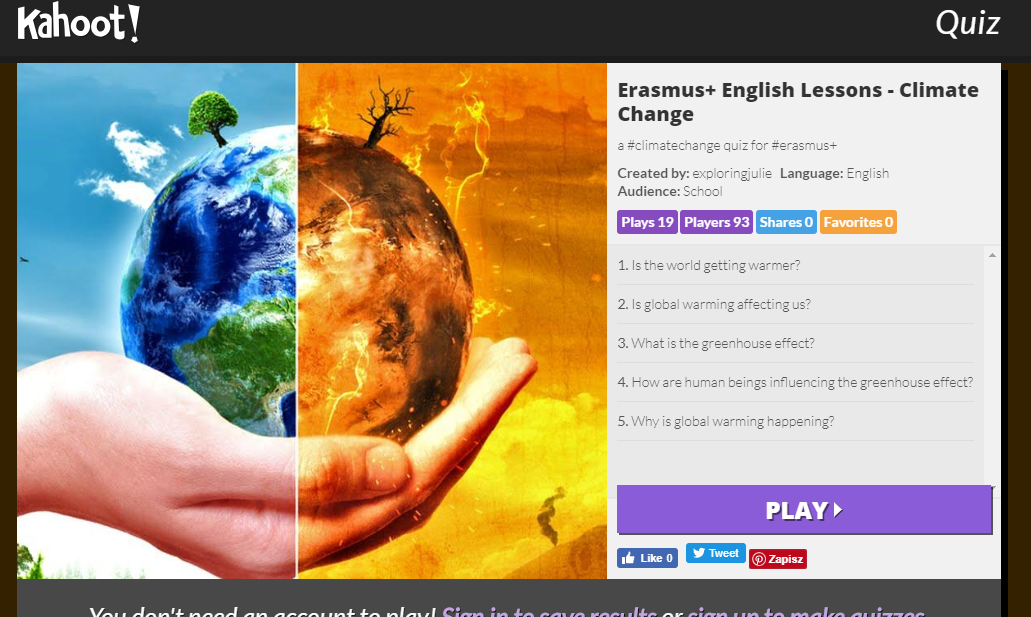
Click on the link, click play, start the 1:1 game (classic), students enter the game code, once everyone is signed up start the quiz
3. Do the two first questions
4. Show the video https://www.youtube.com/watch?v=BPJJM_hCFj
5. Do the rest of the questions in the Kahoot
II. Development
1. Present the discussion theme “Think global, act local”
2. Start the footprint quiz (http://footprint.wwf.org.uk/)
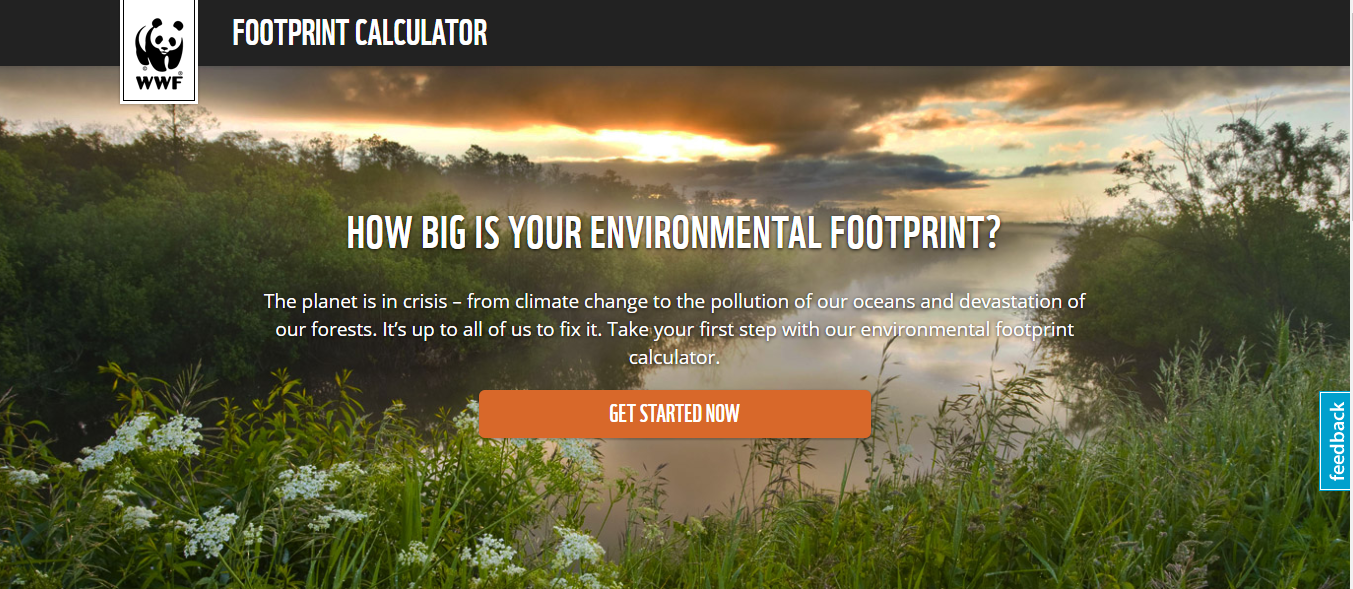
3. Ask “Do you think that investing in reducing global warming is better than investing in the country´s development?” in front of the whole class
4. Divide the class into two groups
Present the statement. What are arguments in favor of buying local food instead of imported food? In these groups, one part will argue for this statement and the other against it. They have to focus on the local economy, seasonal food and transportation.
5. Continue with the next statement. (Would you reduce your meat consumption?). In the same groups, one part will argue for this statement and the other against it. They have to focus on impact on health, behaviour of people, environmental impact and economy of the country.
6. Let both groups present their answers and arguments, collect arguments on the board
7. In case of spare time: Present the statement. (What would you buy - more expensive or cheaper clothes?). One part will argue for cheap clothes and the other against expensive clothes. They have to focus on environmental impact, people and economy of the country.
Let both groups present their answers and arguments
8. Finish with a brief conclusion
III. Closing phase
1. Sum up causes and measures
2. Conclusion
3. Show this video: https://www.youtube.com/watch?v=o9f7sSEqUw8
4. Remember the students to think global and act local
Attachment1
Vocabulary sheet
|
English
|
Definitions
|
German
|
Swedish
|
Italian
|
Polish
|
Hungarian
|
|
sea levels
|
The average height of the sea where it meets the land
|
Meeresspiegel
|
Havsnivå
|
Livelli del mare
|
poziom morza
|
Tengerszint
|
|
heat radiation
|
The process in which energy is emitted in waves
|
Wärmestrahlung
|
Värmestrålning
|
Radiazione di calore
|
promieniowanie cieplne
|
Hősugárzás
|
|
particles
|
A very small piece of matterv
|
Partikel
|
Partiklar
|
Particelle
|
cząsteczki
|
Kicsi részecskék
|
|
pollution
|
When harmful substances comes in contact with the environment
|
Verschmutzung
|
Förorening
|
Inquinamento
|
zanieczyszczenie
|
Szennyezés
|
|
carbon dioxide
|
(CO2)
|
Kohlenstoffdioxid
|
Koldioxid
|
Diossido di carbonio
|
tlenek węgla (IV)
|
Szén- dioxid
|
|
methane
|
(CH4)
|
Methan
|
Metan
|
Metano
|
metan
|
Metán
|
|
nitrous oxide
|
A gas that (if breathed in) can cause a state of happiness / also known as laughing gas
|
Stickstoffoxid
|
Dikväveoxider
|
Ossido nitroso
|
podtlenek azotu
|
Nitrogén-oxid
|
Sarah Palin is an Alaskan republican politician.
Attachment2
Statements for group discussion
LANGUAGE HELP
POSSIBLE SOLUTIONS FOR DISCUSSION
|
|
in favor of buying food locally
|
against buying food locally
|
|
local economy
|
supports local farmers, no processed foods
|
less diversity in food, not all foods are available, everywhere, more expensive
|
|
seasonal food
|
fresh, healthier
|
cant get each food at every time
|
|
transportation
|
no shipping, close to non fuel emission
|
|
EXAMPLES OF ARGUMENTS TO DEBATE
|
|
“For” diet with much less red meat
|
“against” diet with much less red meat
|
|
impact on health
|
faster metabolism,
atherosclerosis,
lower risk of cancer
|
red meat has better taste and has more iron in it, which is good for the body
|
|
environmental impact
|
less CH4 (greenhouse gases)
|
More importing of food
|
|
economy of the country
|
|
Won’t cut as many jobs as the other side.
|
EXAMPLES OF ARGUMENTS TO DEBATE
|
|
“against” locally produced clothes
|
“for” locally produced clothes
|
|
environmental impact
|
Low prices don’t have
negative impact on the environment.
|
-More and more clothes are landed on landfills.
- Often produced by hand or in environmental friendly ways.
|
|
economy of the country
|
If we have cheap clothes more people are able to buy and therefore more and more companies can produce them which will grow the country's industrial sector. Then more jobs can be created.
|
Expensive clothes are often times made within the country and therefore it will have an positive effect on the country's GDP. Cheap clothes are often made in countries where it will have an bad impact on the environment.
|
|
people
|
-People can buy more and that makes them happier
-poor families can buy more
|
-people can feel more confident
|
Developed at the meeting in Växjö “Climate change and environmental protection” by: students: Sebastian H. (S), Alexander S. (S), Samuel K. (S), Alice H. (S), Moa W. (S), Elena A. (D), Juliane H. (D), Antónia F. (HU), Patrycja J. (PL), Lucrezia F. (IT); Teachers: Anders F. (S), Deike D. (D), Mariann D. (HU)
Developed at the meeting in Assisi by Leonella P. (IT), Hermann H. (D)
English Lesson 4
Migrant crisis – Voyage to safety
Age of the students: 16-19
Language level: min B2
Duration of the lesson: 60 minutes
Goal of the lesson:
- the students are expected to learn words referring to the refugee crisis and become more aware of the problems that the refugees have to face
Teaching materials and teaching aids:
1. PPT
2. vocabulary sheet - attachment 1
3. crossword puzzle - attachment 2
4. instructions for teamwork
5. videos: https://www.youtube.com/watch?v=cMkHS_r81YQ, https://www.youtube.com/watch?v=RvOnXh3NN9w
Structure of the lesson:
1. Introduction - warm-up, presentation of the topic, 10 minutes
2. Development - teamwork + vocabulary + crossword puzzle, 30 minutes
3. Closing phase - videos + discussion, 20 minutes
I. Introduction
1. Start the Power Point presentation – link to follow
a. Introduction of main countries and age of migrants with possible routes of voyage (slides from 1 to 7)
b. Teamwork showing difficulties and dangers of the voyage (slides from 8 to 21)
II. Development
1. Teamwork
1) The beginning of the voyage:
Millions of people chose to leave their native land to reach Europe. You are one of them and you come from Libya. Because of wars, death and hunger you are forced to sell your house in Tripoli for a fraction of its value and dreaming of safety in Europe you are ready to begin the journey. To make it you must risk being smuggled across the sea. You leave your family in the house and go out to look for supplies. You manage to get small bottles of water, some snacks and some inflatable rings. Two days later you meet a guy called Amhad who says to you: "I found a truck to take you to the harbour. Let's go." You board the truck with your family.
During the trip the driver says you now have to make a choice. "You can keep going to Benghazi for $4,000 each, or go to Zuwara for $3,000 each?"
You have to choose:
a. The trip to Zuwara by road is longer, which means a higher risk of being caught but the boat journey is shorter.
b. The trip to Benghazi is shorter by road but involves a longer onward boat journey with a higher risk of drowning.
2) ZUWARA:
After a long, dangerous drive, you and your family reach Zuwara. You're all exhausted and very scared.
The truck driver introduces you to another smuggler who takes you to a flat for the night. You are taken to the boat for Italy the following evening. The boat is 10 meters long. Twenty people are already on board when you and your family get in and it casts off into the night. Fifteen minutes later another boat approaches; you're unsure if it's Libyan coastguards or a militia group. They fire shots at your boat. You think they want to steal the smugglers' money. Some people jump out in a panic and swim to the shore. Do you jump?
You have to choose:
a. JUMP
You are stranded
You decide to dive into the darkness. You and your family swim to the shore. Now you are back in Libya with very little money left. You might have to stay here and make a new life for yourself. Now you have another problem: you lost all your money.
b. DON’T JUMP
You are rescued at sea
The other boat approaches and demands money. The smuggler pays them off. You and the others who stayed on board hope you can reach Italy. When your boat reaches international waters, the boat has been damaged in the shooting. The boat capsizes. Luckily, you have the inflatable rings. You hope you can survive a few hours in the cold water. There are already dead bodies around you, floating in the water. You huddle together for warmth and keep swimming. An Italian ship looms out of the dark. You all scream and shout to get attention.
The crew sees you, and takes you to Italy. You have arrived in Europe.
3) BENGHAZI
You leave with your family in the truck. A group of Libyan soldiers stops you at a checkpoint. They ask for money from all the passengers. They point guns at your family and threaten you. You need that money. It's all you have to start a new life. Is it worth trying to negotiate or should you give them the money?
You have to choose:
a. GIVE MONEY
The men could kill you and your family if you do not give them your money.
b. NEGOTIATE
Losing your life savings will be a problem as you won't be able to pay for the onward journey.
4) YOU GIVE THEM THE MONEY
They take your money and let you go. You have no money left, but at least you are all still alive.
The smugglers agree to take you to the next stage. At the shoreline you see a boat. It is too small for all the people who have to leave. You get on. The smugglers tell you "there is another boat, bigger than this one waiting in international waters". After a few hours you see the other, bigger boat. It's also completely full. You go alongside. You're told you have to jump on to the other boat. The boats are rocking and waves are hitting against the boats dangerously. Some people are refusing to jump. More and more people are starting to protest and asking for your support. You need to decide. Do you protest or jump boats?
You have to choose:
a. PROTEST
You refuse to go to the other boat and you join the protest against the smugglers.
They start hitting you with sticks and attacking the other passengers. They hit you over the head and throw you into the water.
You drown and your family is left to make the journey alone.
b. JUMP BOATS
After sailing for three days. Food and water is scarce. You think you can see the Italian shore ahead. The boat suddenly capsizes. You are all in the water. Luckily you have your inflatable rings. You all hold on and they keep you afloat until an Italian coastguard ship sees you.
You and your family are taken to Italy. You have arrived in Europe
2. Glossary followed by a crossword puzzle
3. Crossword puzzle
III. Closing phase
Videos on migrant crisis followed by discussion (see PPT – slide 22)
https://www.youtube.com/watch?v=cMkHS_r81YQ
https://www.youtube.com/watch?v=RvOnXh3NN9w
|
Attachment 1
Glossary:
-refugee: a person who has been forced to leave their country in order to escape war, persecution, or natural disaster.
- migrant: a person who moves from one place to another in order to find work or better living conditions
-isis: stands for Islamic State in Iraq and Syria and is an extremist militant group that rules by Wahhabi/Salafi law.
-route: a particular way or direction between places
-smuggler: someone who moves goods or people illegally into or out of a country
-supply: an amount of something that is available for use
-integration: an act or instance of integrating a racial, religious, or ethnic group.
-refugee camp: a place where people who have escaped their own country can live, usually in bad conditions and only expecting to stay for a limited time
-asylum: protection or safety, especially that given by a government to people who have been forced to leave their own countries for their safety or because of war
-Zuwarah: is a port city in northwestern Libya near to the Tunisian border
-Benghazi: A city of northeast Libya on the Gulf of Sidra. It is a major port and was a capital of Libya from 1951 to 1972.
|
Attachment 2
Crossword puzzle
Developed at the meeting in Assisi “Refugee crisis in Europe” by: Students: Aleksandra Ł. (PL), Kinga S. (PL), Alfred P. (S), Hanna S. (S), Jennifer L. (D), Pia A. (D), Dora B. (HU), Giulia P. (IT), Diego L. (IT), Hermes H. (PL), Romina S. (IT), Noemi A. (IT), Francesca A. (IT), Luisa Ch. (IT); Teachers: Marcella M. (IT), Evelina B. (HU), Nina K. (S)
English Lesson 5
English around the world - risks and chances
Age of the students: 16-19
Language level: min B2
Duration of the lesson: 45 minutes
Goal of the lesson:
- how is the English lesson multicultural and how is it affected by globalization
Teaching materials and teaching aids:
1. PPT
2. Quiz- Kahoot - attachment 1
3. video: https://www.youtube.com/watch?v=2qvJ1D9G19s
4. Internet, smartphone
Structure of the lesson:
1. Introduction – Kahoot, 10 minutes
2. Development – Group work, video, discussion, 30 minutes
3. Closing phase - summary, 5 minutes
I. Introduction
1. Kahoot : 5 questions
2. Development
1. Group work: Definitions
- definitions are on the board given by the teacher, students and teacher will talk about it, students get the keywords of the definitions and then have to rewrite the definitions.
Definitions:
Civilization:
A higher level of cultural and technological development. A civilized society is a community that has developed its own culture and institutions.
Globalization:
A worldwide movement to integrate global economy especially by free trade and free flow of capital.
Culture:
A particular group of people living the same way of life, having the same beliefs, norms and values.
Multiculturalism:
A situation in which all the different cultural or racial groups in a society have equal rights and opportunities, and none is ignored or regarded as unimportant.
2. Video about English as a global language: https://www.youtube.com/watch?v=2qvJ1D9G19s
3. Facts and numbers about English as a language/globalization/Britain as a multiculturalism (for inspiration)

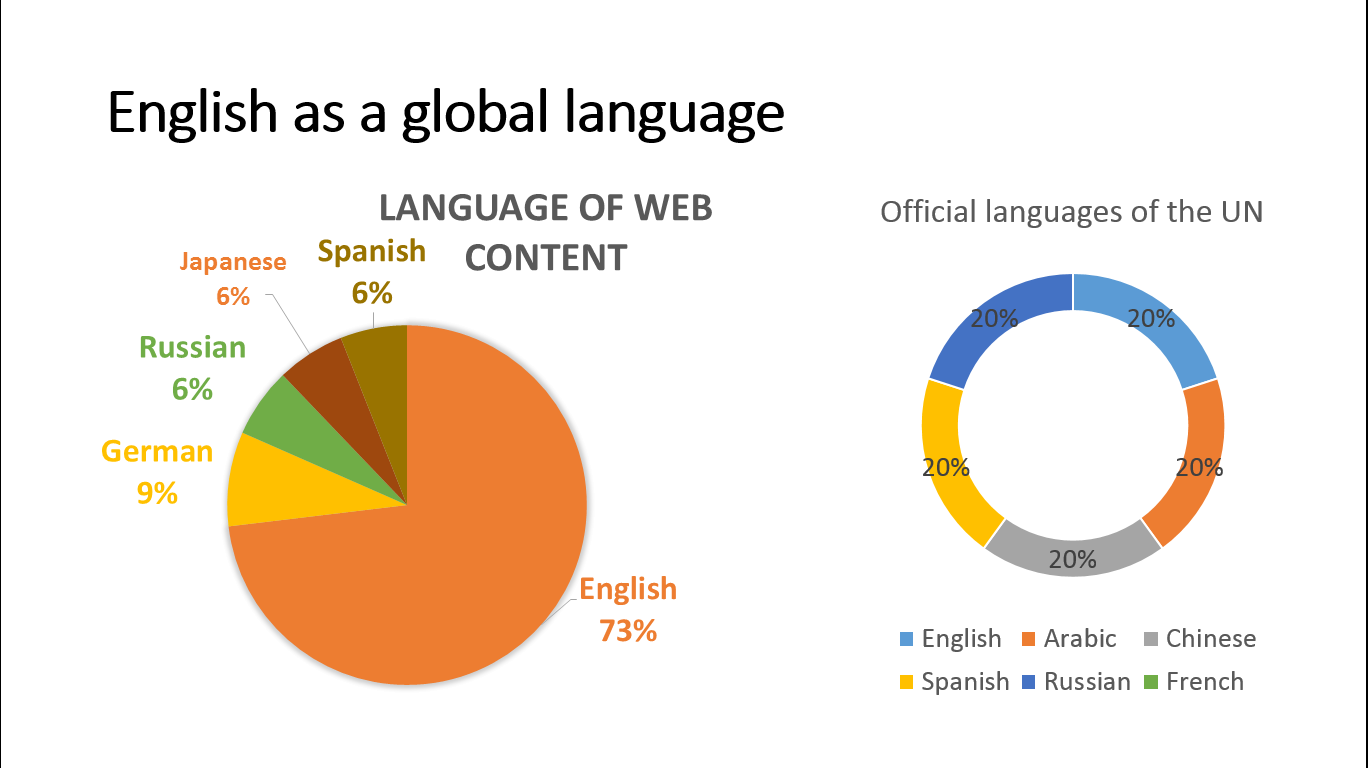
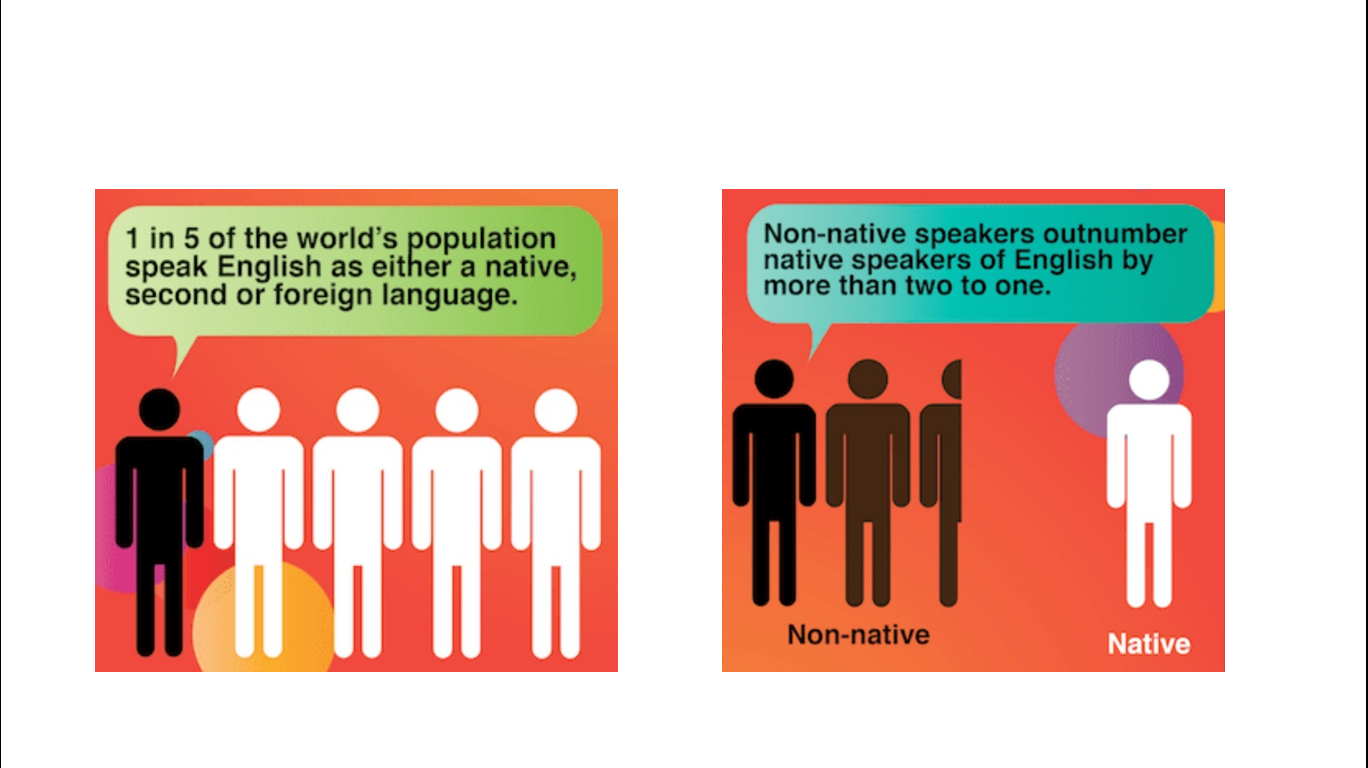
4. Discussion about “English as a global language” and “how it’s influenced by globalization?” (Teacher divided the class into two groups, one is pro arguments, one is against)
Provided arguments
|
for
|
against
|
|
easy communication – as a tourist you need help
|
endangered languages – English overpowers other languages
|
|
you can study in a lot of countries (every country)
|
„mixed” languages
|
|
easy to learn – easy grammar
|
English loses its standard quality
|
|
travelling
|
no motivation for learning other languages
|
|
corporation in work, business easier – business language=English
|
cultural imperialism -
|
|
English as a lingua franca
|
knowledge based on the internet -
|
5. After collecting the arguments the students will have a small debate about it.
3. Closing phase
Sum up from the teacher (arguments)
Attachment 1
Kahoot game
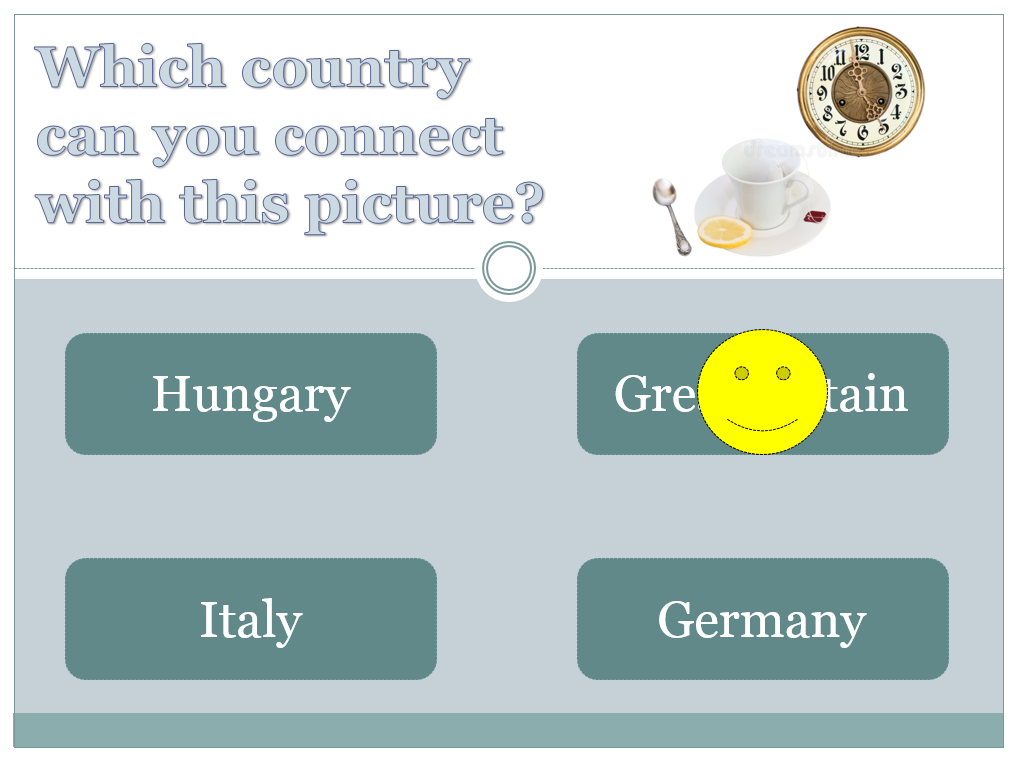
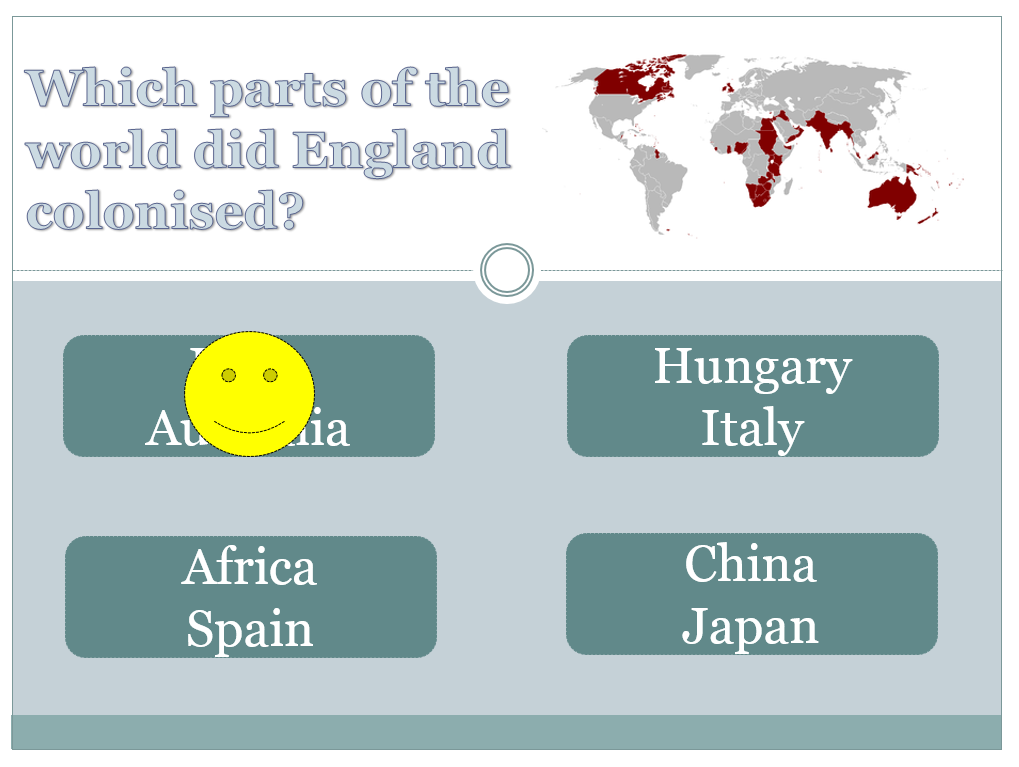
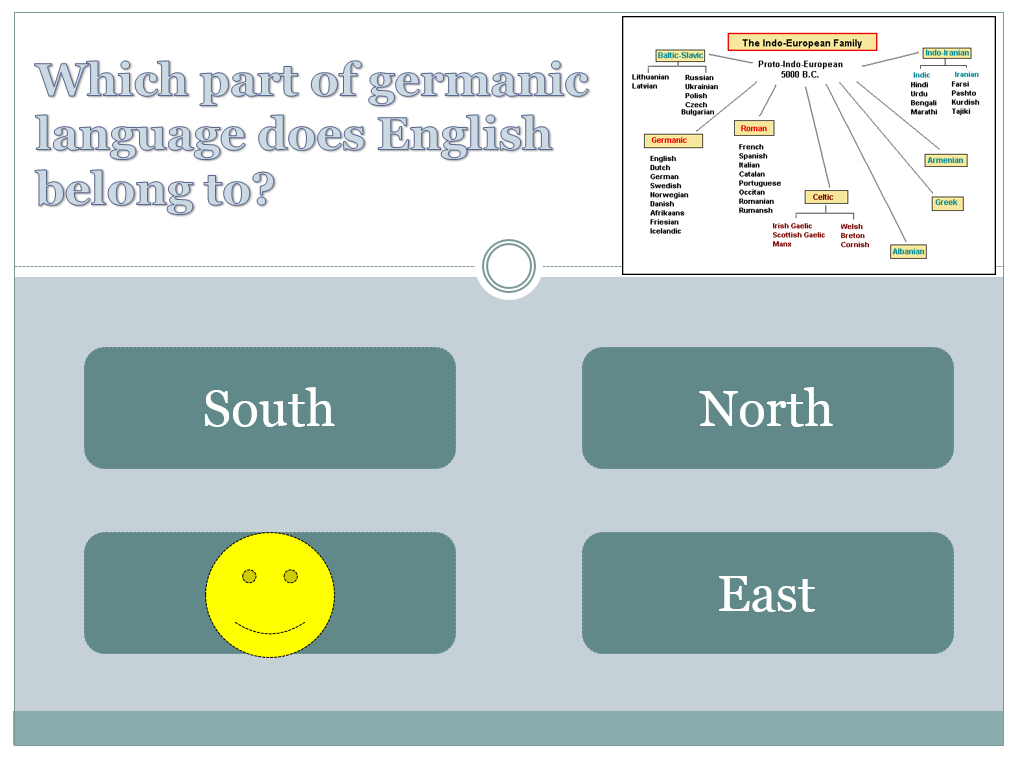
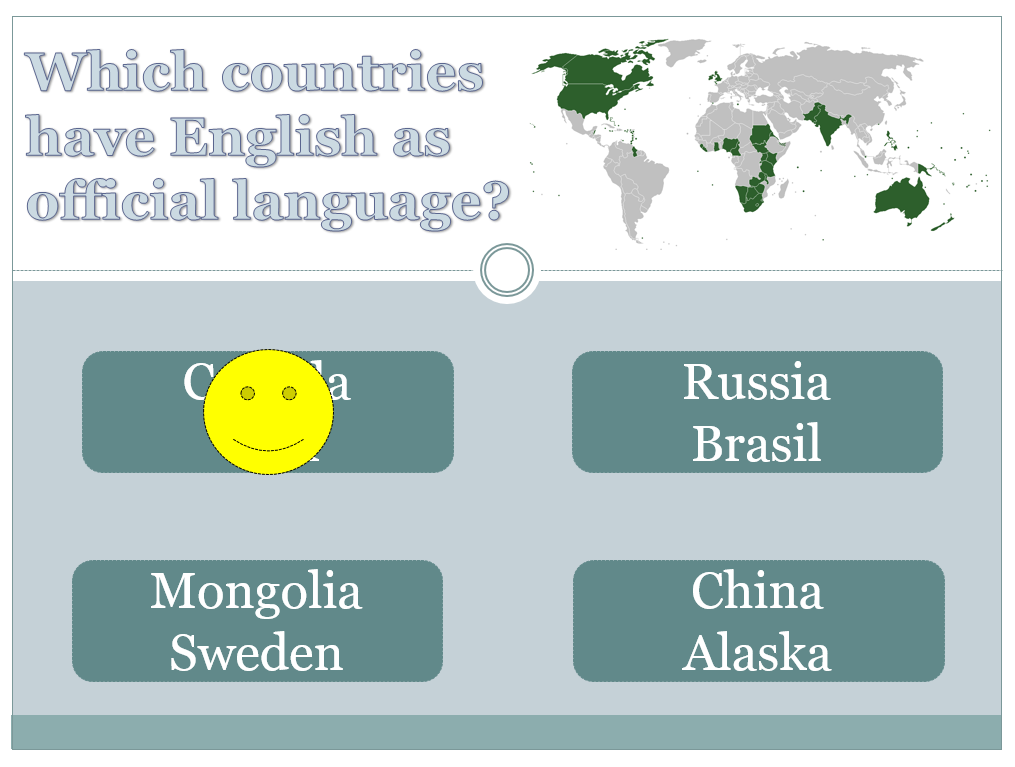
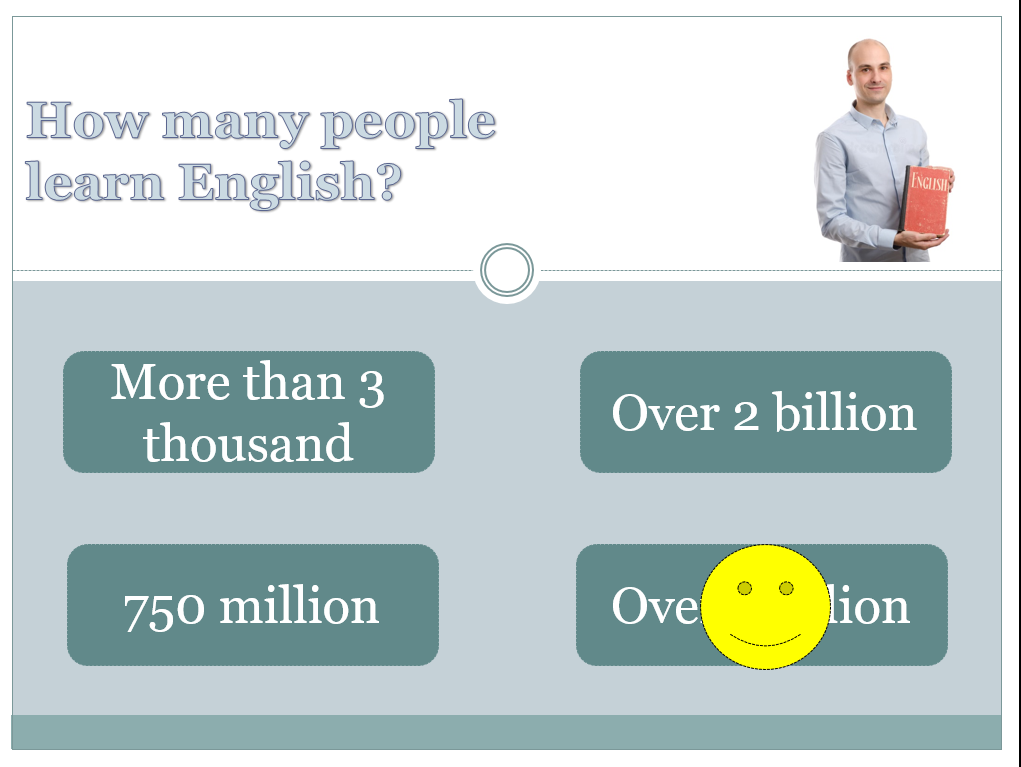
Developed at the meeting in Budapest “Cultural diversity” by: Students: Melina T. (GE), Alice H. (SW), Josephine F. (IT), Konstancja P. (PL), Alexandra Sz. (HU), Szimoneta F. (HU), Dora D. (HU), Regina M. (HU), Nicolett K. (HU); Teachers: Mariann D. (HU), Leonella P. (IT)